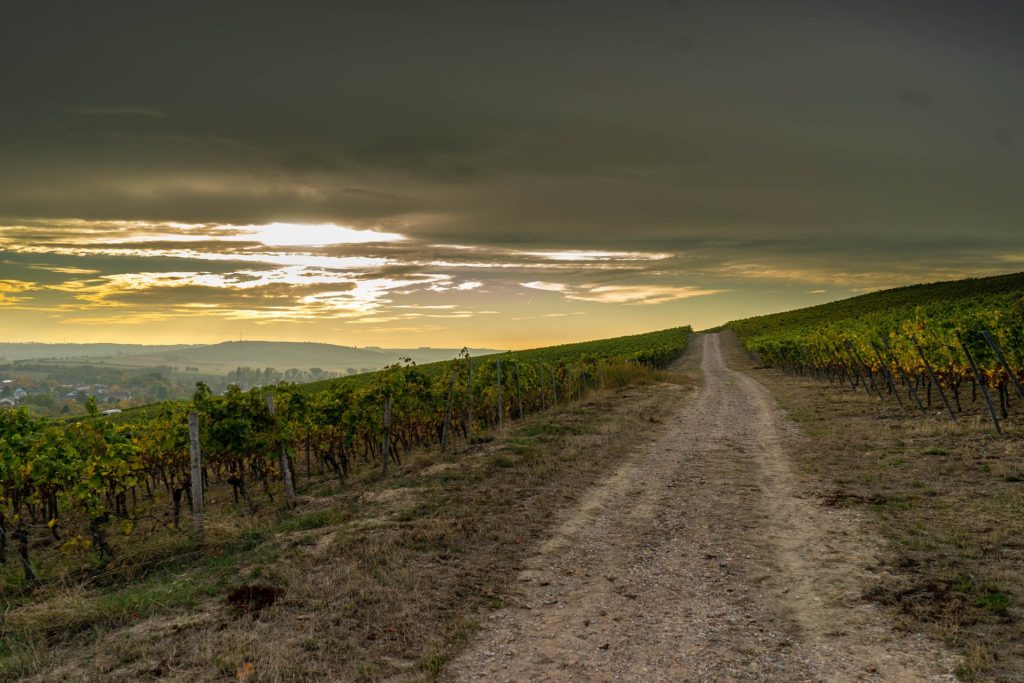While the shifts in weather patterns has meant warmer weather in England, much to the delight of vineyard owners, winemakers from California to Bordeaux are struggling with climate change.
This summer’s heatwave has resulted in much media coverage of the UK wine industry’s rise, due to bigger crops and better vintages. However, the impact of climate change on the industry as whole is much wider and more complex than some excellent bumper vintages in the south of England.
Future unsure
Realistically, the ramifications of climate change won’t necessarily make the UK better than anywhere else to grow vineyards. The problem comes with the erratic weather patterns and unpredictability of temperatures and conditions.
Hurricanes, floods, unseasonal drought and early frosts all damage vineyards and make life much more difficult for the winemaker. All winemakers are extremely attuned to the smallest changes in the weather and the likely affect on their crops. The changes in weather patterns over recent years can be traced through the wines themselves, and it’s something that has been worrying winemakers for many years now. With every heatwave and record-breaking hot summer, the viability of maintaining vast hectares of the wine making world is increasingly called into question.
More alcoholic
Grapes are accumulating higher levels of sugar (which then becomes alcohol on fermentation) much faster than they used to. This leads to problems with quality and style of wine. Winemakers need to decide whether they harvest much earlier, which will mean they retain acceptable levels of alcohol at the cost of complexity and depth or do they produce wines with extremely high levels of alcohol that might be undrinkable.
When the weather is hot, the vintage is earlier and whether grape varieties, the location of vineyards, the irrigation needed and everything else involved will allow wines to be produced in the future to the same quality and quantity as we enjoy now is something that many experts are worrying about.
Below are five wines that are the produce of winemakers with an eye on climate change.
- Torres Vina Sol, Penedes, Spain 2017: The Torres wine making operation was fast to not only identify the problems caused by climate change but to act on it as well. They invested millions into research into water efficiency, carbon capture and relocation of the vineyards to future proof its wines, including this all year-round dry white.
- Langhan Estate Rose Brut, Dorset, England NV: It’s true that climate changes have boosted England’s ability to produce high quality sparkling wine. It’s allowed winemakers like Langhan to ripen chardonnay pinot noir and pinot meunier consistently to make balanced wines like this one.
- De Martino Old Vine Cinsault, Itata, Chile 2016: This is an example of a wine from southern Chile produced by dry farming. As irrigation of vines is considered essential, and resources are depleting, dry farming is a viable alternative.
- Hancock & Hancock Cabernet/Touriga, McLaren Vale, Australia 2015: In the south of Australia, rising temperatures are causing producers to switch to grapes from southern Europe. In this case this has led to a blend of French cabernet and Portuguese touriga to make a dark, fruity red.
- Willi Shaefer Graacher Himmelreich Riesling Kabinett, Mosel, Germany 2016: Climate change has had some positive changes for some regions. As well as England, north Germany has warmed up and now has fewer cold and wet vintages. At the moment, this means they can produce a delicate Riesling like this one, but it’s unclear as to what the effect will be in decades to come.







